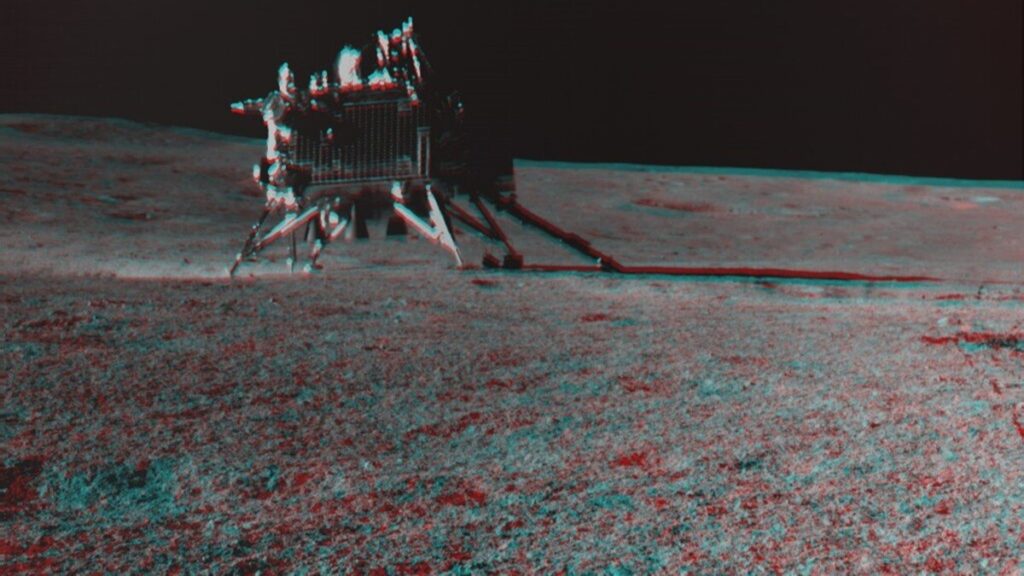The first seismic data on the Moon since the 1970s may have just been captured by India’s Chandrayaan-3 spacecraft.
It may ultimately provide insight into how the Moon’s interior is structured for scientists if it is determined that the seismic data is natural.
The Instrument for Lunar Seismic Activity (ILSA) on board the Vikram lander captured the tremors.
It was able to record the seismic rumbles of the mission’s Pragyan rover moving around on the surface since it was the first Micro Electro Mechanical Systems (MEMS) technology-based instrument on the Moon.
However, it also detected what might have been a natural occurrence, like an impact or an earthquake.
“ILSA’s primary objective is to measure ground vibrations generated by natural quakes, impacts, and artificial events. The vibrations recorded during the rover’s navigation on August 25, 2023, are depicted in the figure,” the Indian Space Research Organisation (ISRO) wrote in a statement.
“Additionally, a seemingly natural incident that happened on August 26, 2023 is also displayed. The cause of this incident is now being looked into.”
This is quite intriguing since, up until now, the finest seismic information we have for the Moon comes from the Apollo program’s data, which was gathered in the late 1960s and early 1970s.
Since we still don’t understand how the Moon’s gizzards are organized, scientists have been eager to get their hands on more information. Seismic information would be very helpful in resolving it.
Although ISRO only landed on the Moon a few weeks ago, it has already made a number of scientific investigations and found the first elements at the south pole.
Both the lander and the rover are now dormant. This is due to the fact that it is now darkness where they are on the Moon, which lasts for about 14 days.
Like other lunar missions, Vikram and Pragyan are solar-powered, so they “sleep” at night when their batteries can’t be recharged.
On September 22, Vikram and Pragyan will awaken and resume their studies of the enigmatic south pole of the Moon.


